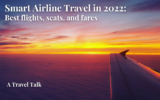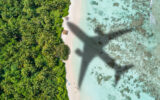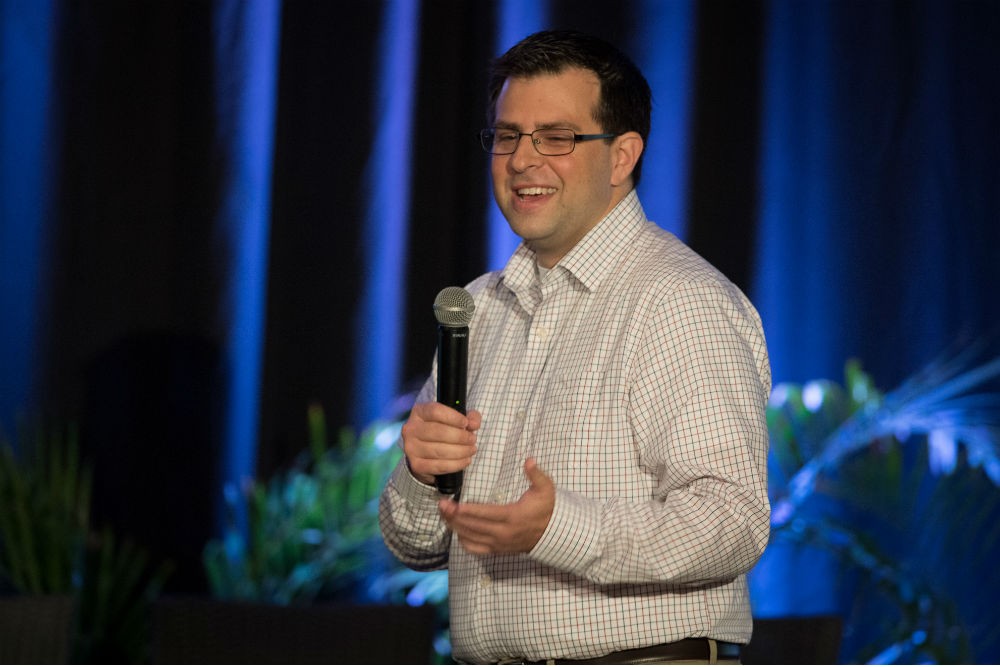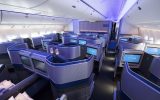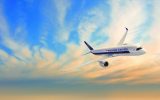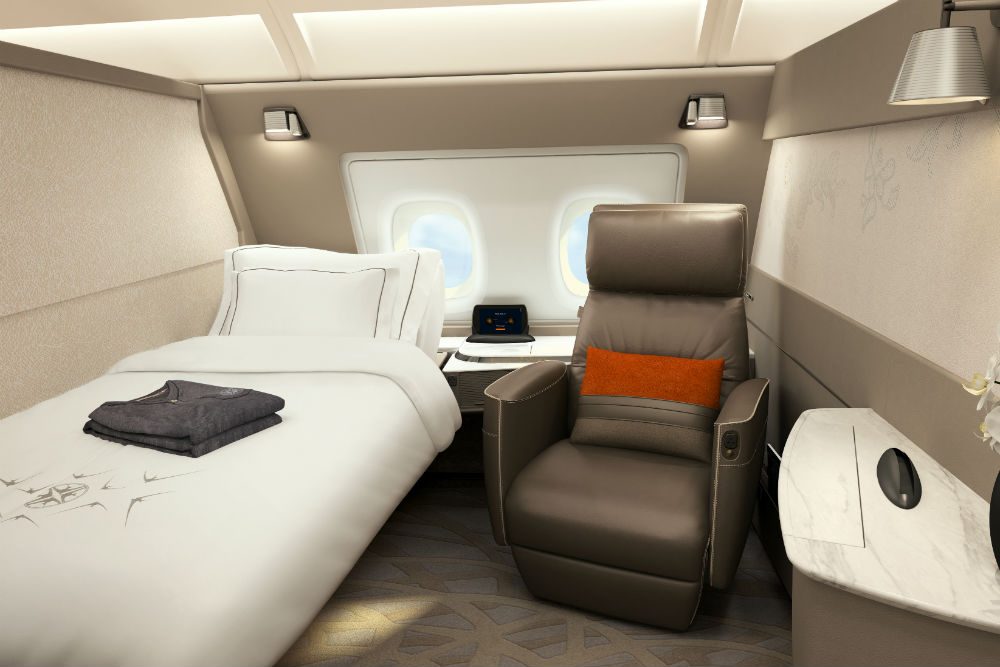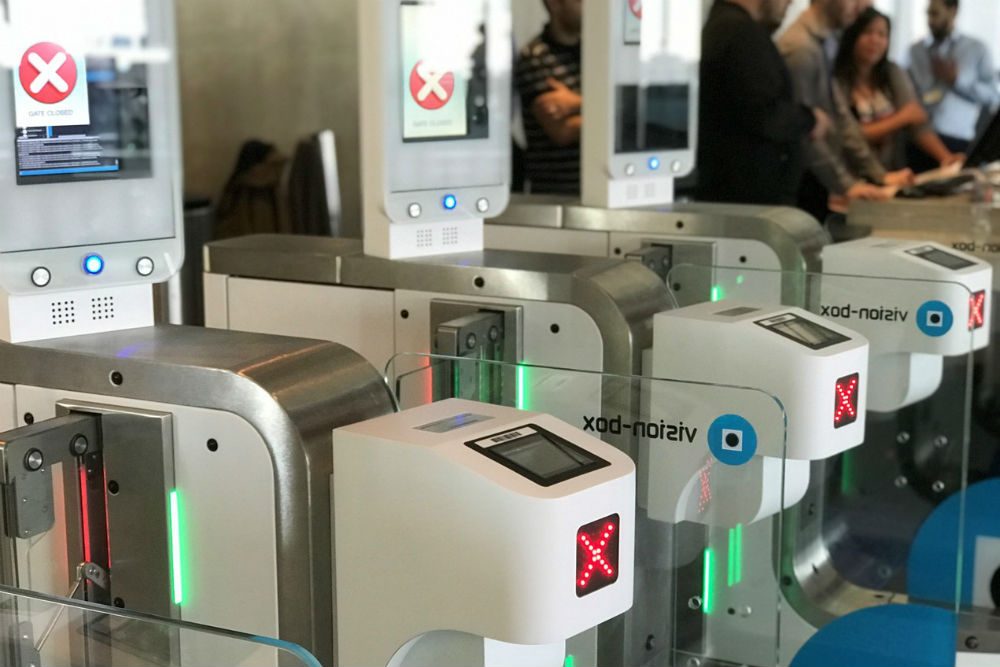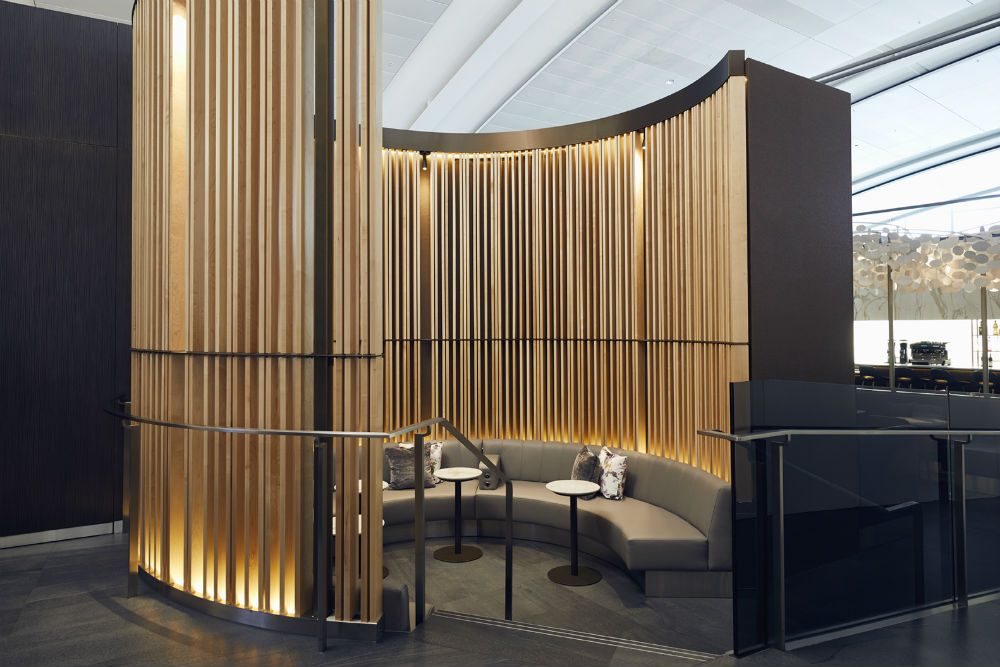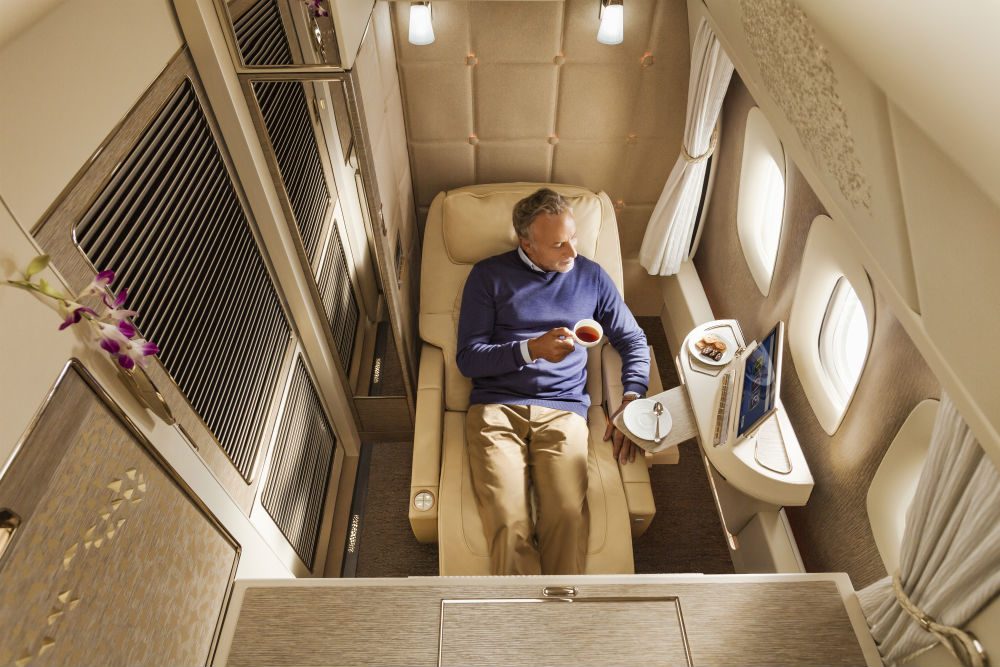What should we expect from airline travel in 2023? Will airfares keep rising? Which parts of the world will be the best value to fly to? When should you book your summer flights? Airline expert Brett Snyder, founder of Cranky Concierge, joined our WOW Week 2023 Travel Talks on January 24th and answered all of these questions and more.
In a hurry? Start the video at 2:55. No time to watch the video? Here are a few takeaways:
- Airfares will remain high, but there will be some pockets where deals can be found.
One region to watch for deals is Southeast Asia. That’s because, as Chinese airlines start flying to the U.S. again, it will create a flood of capacity on flights from the U.S. to China and beyond to Southeast Asia (meaning, there will be more connecting options to get to Southeast Asia.) - Don’t wait to book your international flights for peak summer travel.
Big international fare sales for the peak summer period are not likely. If you’re planning summer trips to popular places such as Italy, book now (if not yesterday). For fall travel, it’s okay to wait until spring break or even toward early summer to book. (That’s because fall isn’t as busy as summer, so you aren’t fighting for scarce seats in the same way that you are for summer. You can wait longer and not have as much of an issue.) - When booking a domestic connection to an international flight, leave yourself wiggle room.
Last summer we saw many missed airline connections, and it could happen again this summer. If you’re nervous about missing a connection to an international flight, book a longer layover. If you’re really nervous, book an overnight at the connection point. But be ready for schedule changes to occur. Schedules are fairly firm into spring break right now, but after that, they are not.
Links to Useful Resources
New Nonstop Flights To Make Your Travels Easier in 2023
Where Everybody’s Traveling in 2023: The 10 Most Popular Countries For WOW Trips
Smartest Airports for Making Connections
How Never to Wait on Hold with Airline Customer Service Again
Best International Stopovers: Two Trips for the Price of One
Private Jets: The Safest Option, and More Affordable Than You Might Think
The 2023 WOW List of Trusted Travel Experts
Where To Go When: Ideal Destinations For Each Month of the Year
Winter Is Europe’s Secret Season
Countries with No Covid-Related Entry Requirements
The Countries That Are Open to U.S. Travelers and How to Get In
The 10 Most Popular Countries of 2022 for WOW Trips
Be a smarter traveler: Sign up for Wendy’s weekly newsletter to stay in the know. Read real travelers’ reviews, then use the black CONTACT buttons on Wendy’s WOW List to reach out to the right local fixer for your trip.


